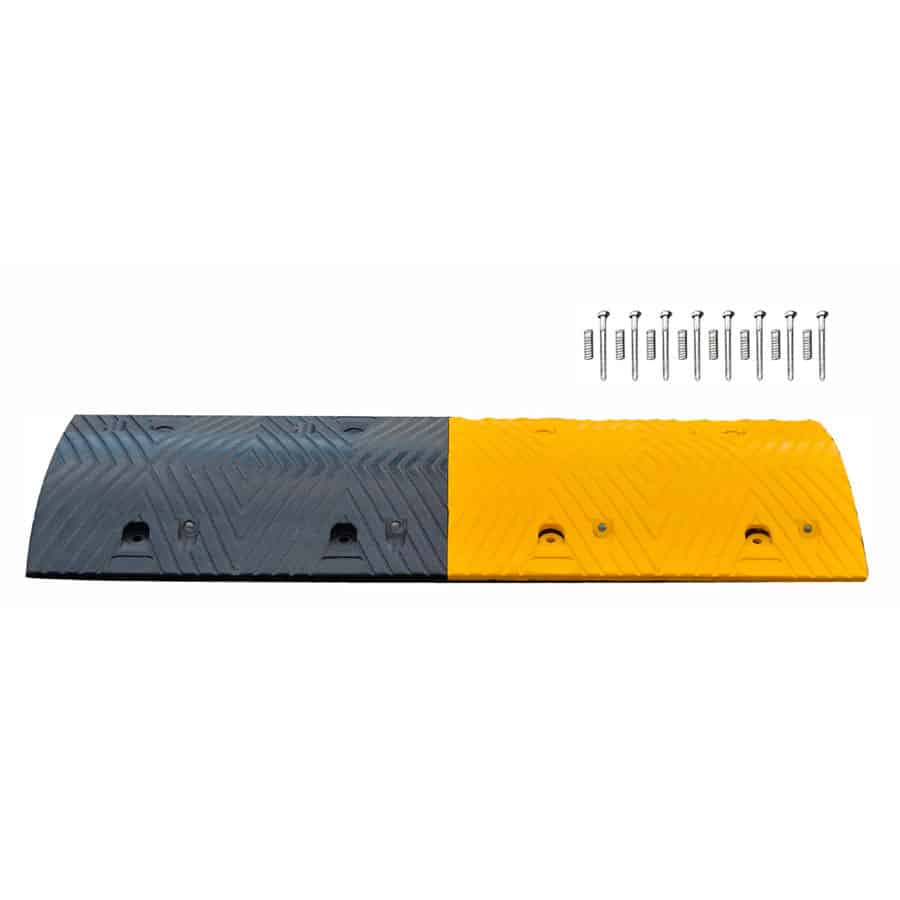Road humps, often referred to as speed humps or traffic calming devices, are essential tools for managing vehicle speeds and improving safety on roadways. These structures are designed to slow down traffic in areas where pedestrian safety is a priority, such as school zones, residential neighborhoods, and high-foot-traffic areas. This article explores the various aspects of road humps, including their design, benefits, and best practices for implementation.
Understanding Road Humps
Road humps are raised areas of pavement that extend across the roadway. Typically broader and gentler than traditional speed bumps, they encourage drivers to reduce their speed while allowing for a smoother transition over the bump. The design of road humps can vary, but they generally range from 3 to 4 inches in height and are about 12 to 14 feet wide.
Benefits of Road Humps
- Enhanced Safety: The primary benefit of road humps is improved safety for pedestrians and cyclists. By reducing vehicle speeds, these structures decrease the likelihood of accidents, making streets safer for everyone.
- Traffic Calming: Road humps are an effective traffic calming measure, encouraging drivers to be more aware of their surroundings. This heightened awareness can lead to a decrease in aggressive driving behaviors.
- Noise Reduction: Slower traffic speeds contribute to less noise pollution in residential areas. This creates a more peaceful environment for residents and can enhance the overall quality of life.
- Cost-Effective Solution: Compared to more extensive infrastructure changes, such as roundabouts or traffic signals, road humps are a cost-effective way to manage traffic and improve safety. Their installation often requires minimal resources and can be completed relatively quickly.
- Flexibility in Design: Road humps can be customized to fit the specific needs of a community. Local governments can adjust their height, width, and materials to suit different environments and traffic conditions.
Installation Best Practices
For road humps to be effective, proper installation and planning are crucial. Here are some best practices to consider:
- Site Assessment: Before installation, conduct a thorough assessment of the area. Analyze traffic patterns, pedestrian traffic, and accident history to determine the best locations for road humps.
- Community Involvement: Engage with local residents and stakeholders to gather feedback and ensure that the road humps meet the community’s needs. This involvement can foster support for the project and encourage responsible driving behaviors.
- Design Considerations: Work with traffic engineers to design road humps that are both effective and compliant with local regulations. Consider factors such as slope, materials, and markings to maximize visibility and safety.
- Clear Signage: Install appropriate signage before the road humps to alert drivers. Advanced warning signs can help prepare motorists to slow down before encountering the bump.
- Regular Maintenance: Once installed, regular inspections and maintenance are essential to ensure the road humps remain effective. Address any wear and tear promptly to maintain their visibility and structural integrity.
Addressing Common Concerns
While road humps offer numerous benefits, they can also raise concerns among drivers and local residents. Common issues include:
- Emergency Vehicle Access: Some may worry that road humps could hinder emergency response times. To mitigate this, it’s important to design humps that are not overly steep, allowing emergency vehicles to pass with minimal disruption.
- Damage to Vehicles: Drivers may fear that road humps could damage their vehicles. By adhering to recommended design standards and ensuring proper signage, the risk of vehicle damage can be minimized.
- Increased Traffic on Alternate Routes: Slower speeds on main roads may lead some drivers to seek alternate routes. It’s important to analyze traffic patterns to ensure that this does not result in unintended congestion in residential areas.
Conclusion
Road humps are an effective strategy for enhancing safety and managing traffic flow in various environments. Their ability to reduce speeds, improve pedestrian safety, and create a calmer driving atmosphere makes them a valuable asset for communities. By carefully considering design, implementation, and community feedback, local governments can utilize road humps to create safer, more enjoyable roadways for all users. Whether in bustling urban centers or quiet suburban neighborhoods, these structures play a crucial role in fostering a safer and more responsible driving culture.

